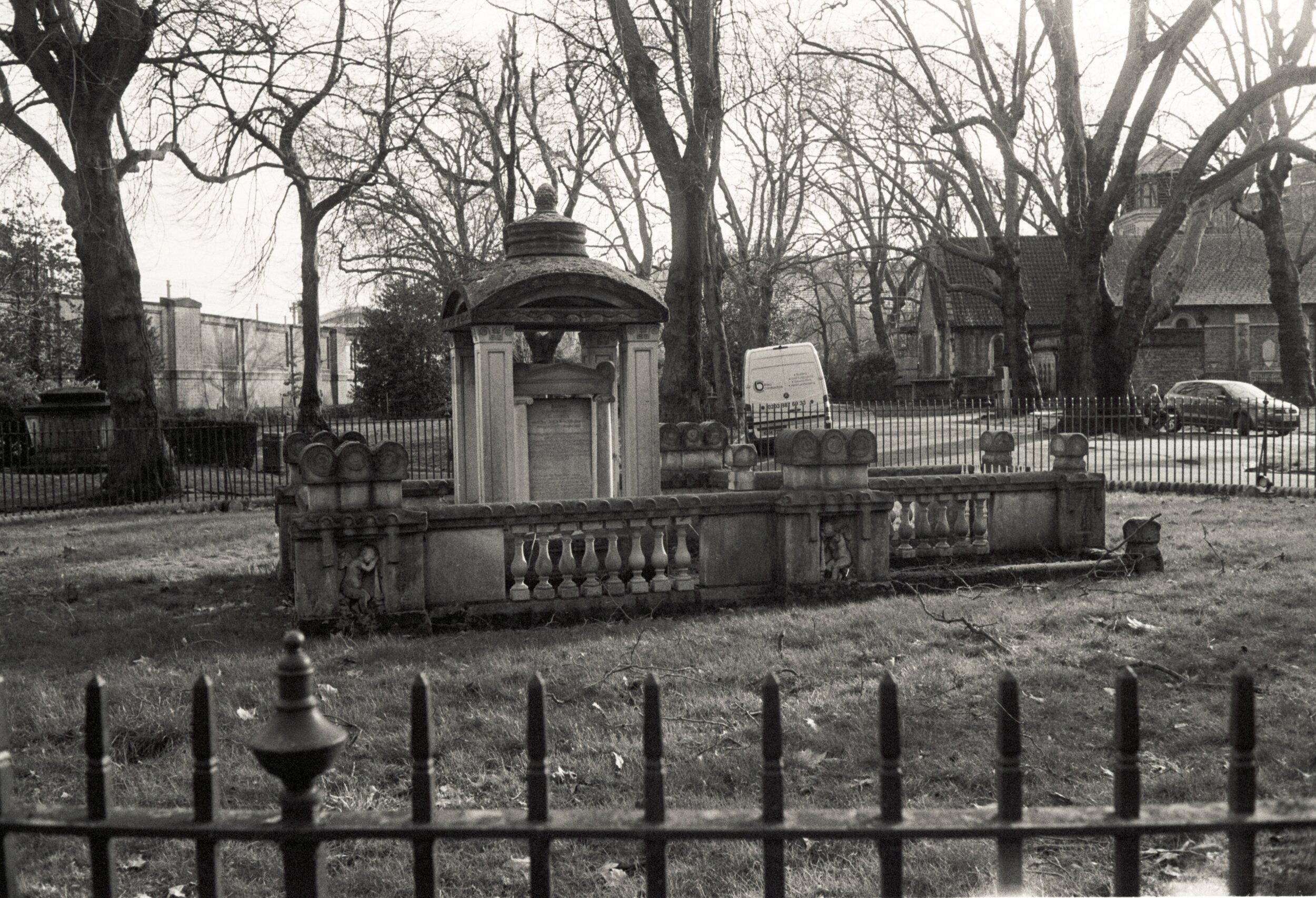
Hardy’s Tree
A beautiful macabre relic from a literary genius
In a little visited churchyard behind King’s Cross stands a most unusual tree, more linked to literary Wessex than London.
A short walk from the vastly redeveloped and improved Kings Cross stands St Pancras Old Church. It is possibly the oldest church in London (with some sources saying it dates back to 314AD). However, it suffered badly in the 1860s during the first redevelopment of the district when the Midland Railways first began to plough through the area with railway tracks. Little regard was given for the existing churchyard and complaints soon began to arrive from local residents as bodies were strewn around the area.
Arthur Blomfield’s firm of architects was appointed to sort the problem. A prestigious firm (that worked on the Royal College of Music and Selwyn College, Cambridge) the job was passed to a junior member of the firm – Thomas Hardy.
Hardy had not yet embarked on his illustrious writing career but it is clear that he also had numerous creative talents in other fields. His solution to the issue of what to do with the moved headstones is remarkably striking. He paired them up and then planted them around the trunk of an ash tree. There they remain to this day with roots growing above and around them in an incredible mix of stone and wood.
I suspect that the process of clearing the churchyard stuck with Hardy (and might even explain some of his more depressing work). He certainly remembered it clearly enough to put pen to paper when facing a bout of illness some twenty years later. He was, apparently, visited by a colleague who worked on Old St Pancras Churchyard who reminded him of “how we found the man with two heads at St Pancras”. I cannot find Hardy’s response recorded but his work speaks for itself:
“passenger, pray list and catch
Our sighs and piteous groans,
Half stifled in this jumbled patch
Of wrenched memorial stones!
We late-lamented, resting here,
Are mixed to human jam,
And each to each exclaims in fear,
‘I know not which I am!’
